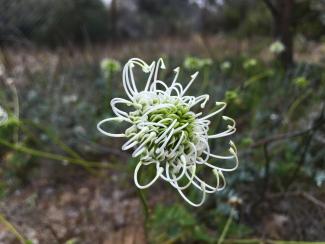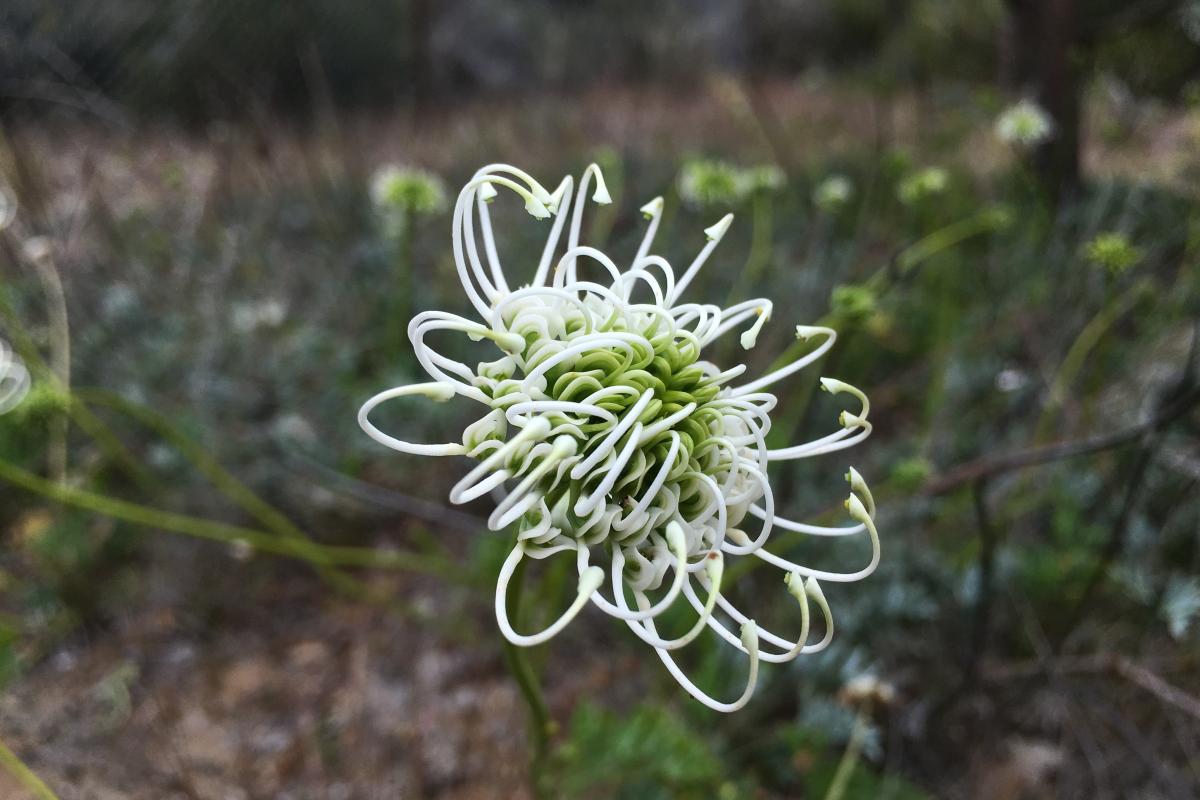The genetics of conservation
DNA is the building block of all life and the source of genetic variation.
Genetic variation underpins all biodiversity, including individuals, populations, species, taxa and communities. Conservation genetics is concerned with patterns of genetic variation and the processes influencing its spatial structure. Key population processes impacting genetic variation include natural selection, pollination, mating and the dispersal of seed and pollen. In the longer term, genetic knowledge can help us manage populations and species from extinction, and help maintain and restore healthy and resilient plant communities.
Using genetics for conservation
Genetic research allows informed decisions around the management, conservation and restoration of some of Western Australia’s most unique biodiversity. Genetic information is integral to understanding the role of plant-animal interactions or environmental changes and even factors contributing to genetic decline. Genetic knowledge can also help maintain and restore functional plant communities that are resilient to current and future climates. The more we know about a species or their populations, the more we can do to conserve and protect it, and its genetic properties, for future generations.
Did you know?
Genomic studies conducted at Kings Park found that Pilbara spinifex grasses (Triodia) began to diversify their species portfolio 7–8.8 million years ago (late Miocene Period) and resulted in the identification of 80 new species.
Finding plants with multiple sets of chromosomes (polyploids) has potential to create more vigorous garden plants with larger flowers which could be more tolerant to water stresses (e.g. the Kings Park waxflower program).
Population genomic studies found that Posidonia australis seagrass meadows in Shark Bay, Western Australia, spanning over 180km belong to a single polyploid clone, making it the worlds’ largest organism.
eDNA research of the soil microbiome conducted at Kings Park has shown extraordinary diversity and insight into the mode, tempo and trajectory of the recovery of biological communities post-disturbance.
It’s about plants and their interactions
Habitat loss, disturbance, and fragmentation are detrimental to key processes underpinning population persistence. Kings Park research into population genetics is working to assess, predict and manage these impacts in natural populations.
More than 90% of the world’s flowering plant species are reliant on animals such as insects, birds and mammals to polinate flowers. Western Australia has the highest number of plants globally that relies on pollination by nectar feeding birds and mammals. Our research is assessing just how critical the role these pollinators play is. Impacts to pollinators can have negative impacts on the plants they pollinate.
Genetic diversity for horticulture
Scientific research conducted at Kings Park assists our horticultural breeding program with different avenues to produce aesthetically appealing and stress tolerant native plants for Australian gardens. This means hardier plants and bigger, brighter flowers.

